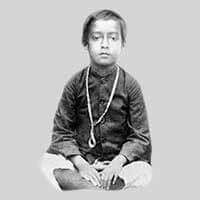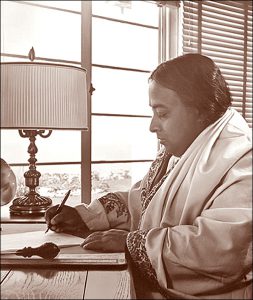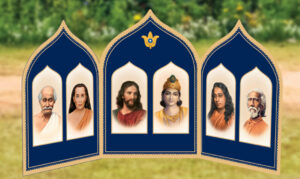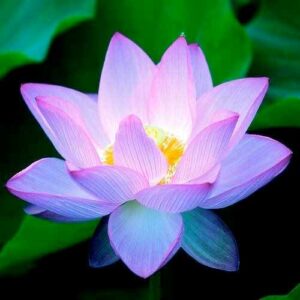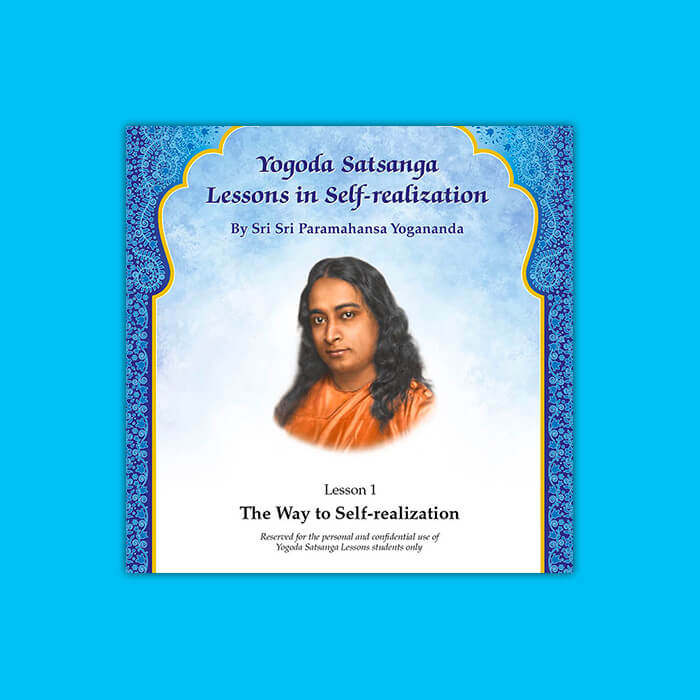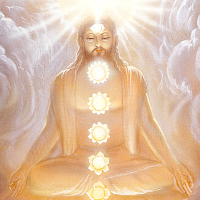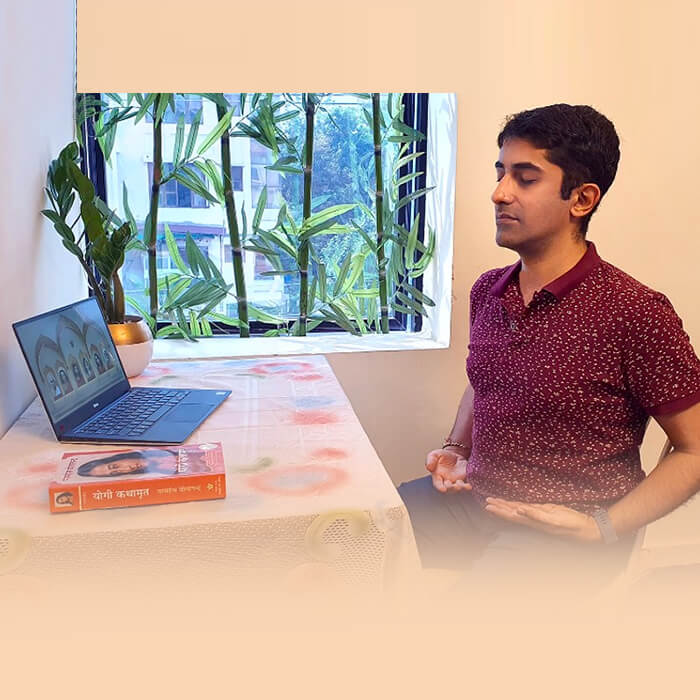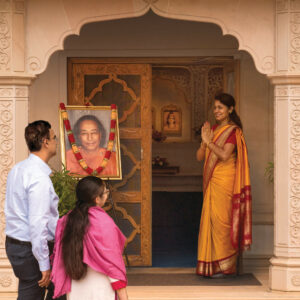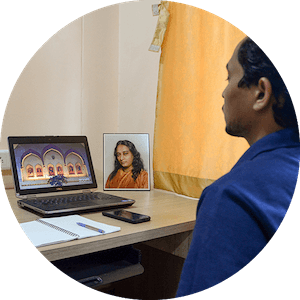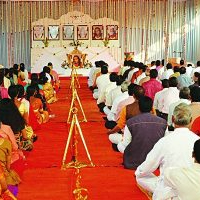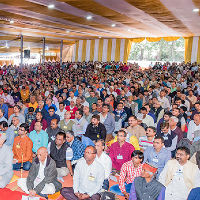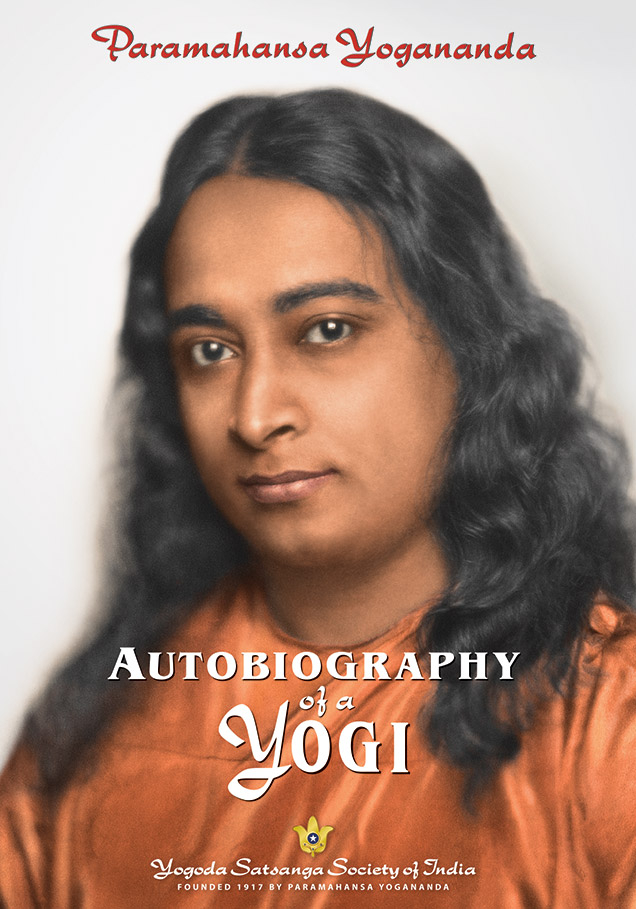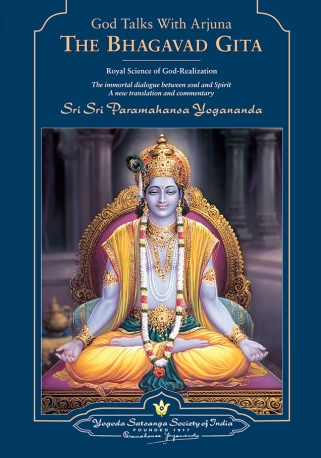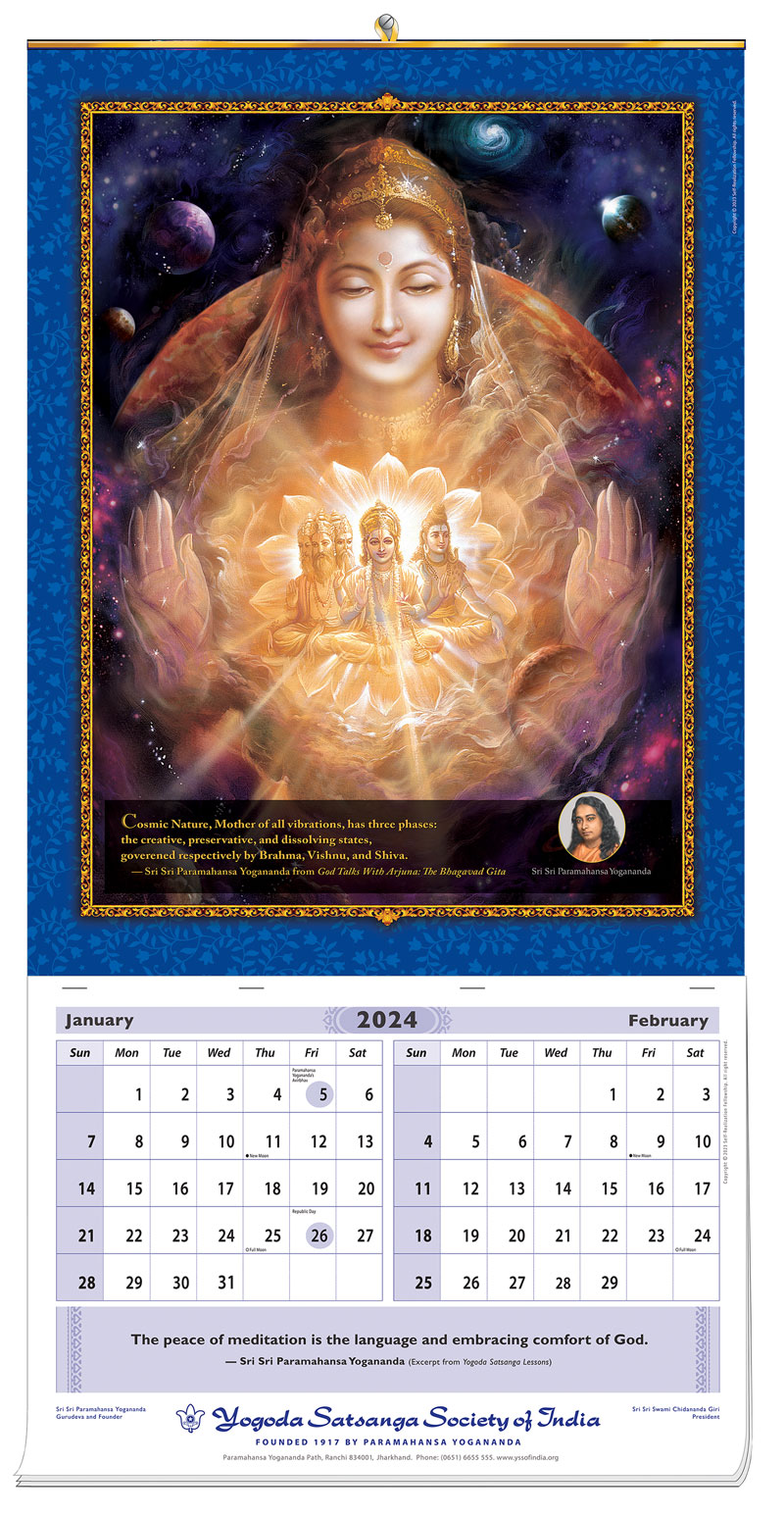Rajarsi Janakananda (James J. Lynn). Exalted disciple of Paramahansa Yogananda, and first successor to him as president and spiritual head of Yogoda Satsanga Society of India/Self-Realization Fellowship until his passing on February 20, 1955. Mr. Lynn first received Kriya Yoga initiation from Paramahansaji in 1932; his spiritual advancement was so swift that the Guru lovingly referred to him as “Saint Lynn,” until bestowing on him the monastic title of Rajarsi Janakananda in 1951.
Reincarnation. The doctrine that human beings, compelled by the law of evolution, incarnate repeatedly in progressively higher lives — retarded by wrong actions and desires, and advanced by spiritual endeavours — until Self-realization and God-union are attained. Having thus transcended the limitations and imperfections of mortal consciousness, the soul is forever freed from compulsory reincarnation. “Him that overcometh will I make a pillar in the temple of my God, and he shall go no more out” (Revelation 3:12).
Rishis. Seers, exalted beings who manifest divine wisdom; especially, the illumined sages of ancient India to whom the Vedas were intuitively revealed.
Sadhana. Path of spiritual discipline. The specific instruction and meditation practices prescribed by the guru for his disciples, who by faithfully following them ultimately realize God.
Samadhi. The highest step on the Eightfold Path of Yoga, as outlined by the sage Patanjali (q.v.). Samadhi is attained when the meditator, the process of meditation (by which the mind is withdrawn from the senses by interiorization), and the object of meditation (God) become One. Paramahansa Yoganandaji has explained that “in the initial states of God-communion (savikalpa samadhi) the devotee’s consciousness merges in the Cosmic Spirit; his life force is withdrawn from the body, which appears ‘dead,’ or motionless and rigid. The yogi is fully aware of his bodily condition of suspended animation. As he progresses to higher spiritual states (nirvikalpa samadhi), however, he communes with God without bodily fixation; and in his ordinary waking consciousness, even in the midst of exacting worldly duties.” Both states are characterized by oneness with the ever new bliss of Spirit, but the nirvikalpa state is experienced by only the most highly advanced masters.
Sat-Chit-Ananda. Sanskrit term for God that expresses the essential nature of Spirit as eternal Being or Truth (Sat), infinite consciousness (Chit), and ever new Bliss (Ananda).
Self. Capitalized to denote the atman or soul, as distinguished from the ordinary self, which is the personality or ego (q.v.). The Self is individualized Spirit, whose nature is ever-existing, ever-conscious, ever-new joy. Experience of these divine qualities of the soul’s nature is achieved through meditation.
Self-realization. Paramahansa Yoganandaji has defined Self-realization as “the knowing — in body, mind, and soul — that we are one with the omnipresence of God; that we do not have to pray that it come to us, that we are not merely near it at all times, but that God’s omnipresence is our omnipresence; that we are just as much a part of Him now as we ever will be. All we have to do is improve our knowing.”
Self-Realization. An abbreviated way of referring to Self-Realization Fellowship (SRF), the society founded by Paramahansa Yogananda, often used by him in informal talks; e.g. “the Self-Realization teachings”; “Self-Realization headquarters in Los Angeles”; etc.
Self-Realization Fellowship. The international nonsectarian religious society founded by Paramahansa Yogananda in the United States in 1920 (and as Yogoda Satsanga Society of India in 1917) to disseminate worldwide the spiritual principles and meditation techniques of Kriya Yoga, and to foster greater understanding among people of all races, cultures, and creeds of the one Truth underlying all religions. The mission for Paramahansa Yogananda’s society is set forth in his “Aims and Ideals of Self-Realization Fellowship.” Paramahansa Yogananda has explained that the name Self-Realization Fellowship signifies “fellowship with God through Self-realization, and friendship with all truth-seeking souls.”
Shankara, Swami. Sometimes referred to as Adi (“the first”) Shankaracharya (Shankara + acharya, “teacher”); India’s most illustrious philosopher. His date is uncertain; many scholars assign him to the eighth or early ninth century. He expounded God not as a negative abstraction, but as positive, eternal, omnipresent, ever new Bliss. Shankara reorganized the ancient Swami Order, and founded four great maths (monastic centres of spiritual education), whose leaders in apostolic succession bear the title of Jagadguru Sri Shankaracharya. The meaning of Jagadguru is “world teacher.”
Siddha. Literally, “one who is successful.” One who has attained Self-realization.
Soul. Individualized Spirit. The soul is the true and immortal nature of man, and of all living forms of life; it is cloaked only temporarily in the garments of causal, astral, and physical bodies. The nature of the soul is Spirit: ever-existing, ever-conscious, ever-new Joy.
Spiritual eye. The single eye of intuition and omnipresent perception at the Christ (Kutastha) centre (ajna chakra) between the eyebrows. The deeply meditating devotee beholds the spiritual eye as a ring of golden light encircling a sphere of opalescent blue, and at the centre, a pentagonal silver-white star. Microcosmically, these forms and colours epitomize, respectively, the vibratory realm of creation (Cosmic Nature, Holy Ghost); the Son or intelligence of God in creation (Christ Consciousness); and the vibrationless Spirit beyond all creation (God the Father; Cosmic Consciousness). The spiritual eye is the entryway into the ultimate states of divine consciousness.
Jesus also spoke of the spiritual eye: “When thine eye is single, thy whole body also is full of light….Take heed therefore that the light which is in thee be not darkness” (Luke 11:34-35).
Superconscious mind. The all-knowing power of the soul that perceives truth directly; intuition.
Superconsciousness. The pure, intuitive, all-seeing, ever blissful consciousness of the soul. Sometimes used generally to refer to all the various states of samadhi (q.v.) experienced in meditation, but specifically the first state of samadhi, wherein one drops ego-consciousness and realizes his self as soul, made in the image of God. Thence follow the higher states of realization: Christ consciousness and cosmic consciousness (qq.v.).
Swami. A member of India’s most ancient monastic order, reorganized in the ninth century by Swami Shankara (q.v.). A swami takes formal vows of celibacy and renunciation of worldly ties and ambitions; he devotes himself to meditation and other spiritual practices, and to service to humanity. There are ten classificatory titles of the venerable Swami Order, as Giri, Puri, Bharati, Tirtha, Saraswati, and others. Swami Sri Yukteswar (q.v.) and Paramahansa Yogananda belonged to the Giri (“mountain”) branch. The Sanskrit word swami means “he who is one with the Self (Swa).”


